The 126 Cartridge camera and I were invented around the same time. Meaning about 1962. Kodak introduced 126 cartridge film and these instamatic cameras in 1963. Above is s a picture of me next to a large Inkly’s Photo window display Kodak 100 Instamatic camera, in 1963.
I had a few 126 cameras in the 70s, it stopped production in 2007 and the cameras became obsolete. We threw them away. I wanted to hold on to mine, but no luck.
A short time ago, I heard that 35mm film could be spooled in these dinosaurs. I was optimistic trying sprockets. I started my collection again. Although 35 mm works, 35 mm film is difficult in 126 cartridges. 35 mm has too many sprocket holes. I will admit that shooting these cartridge cameras with sprockets is a challenge, but it’s fun.
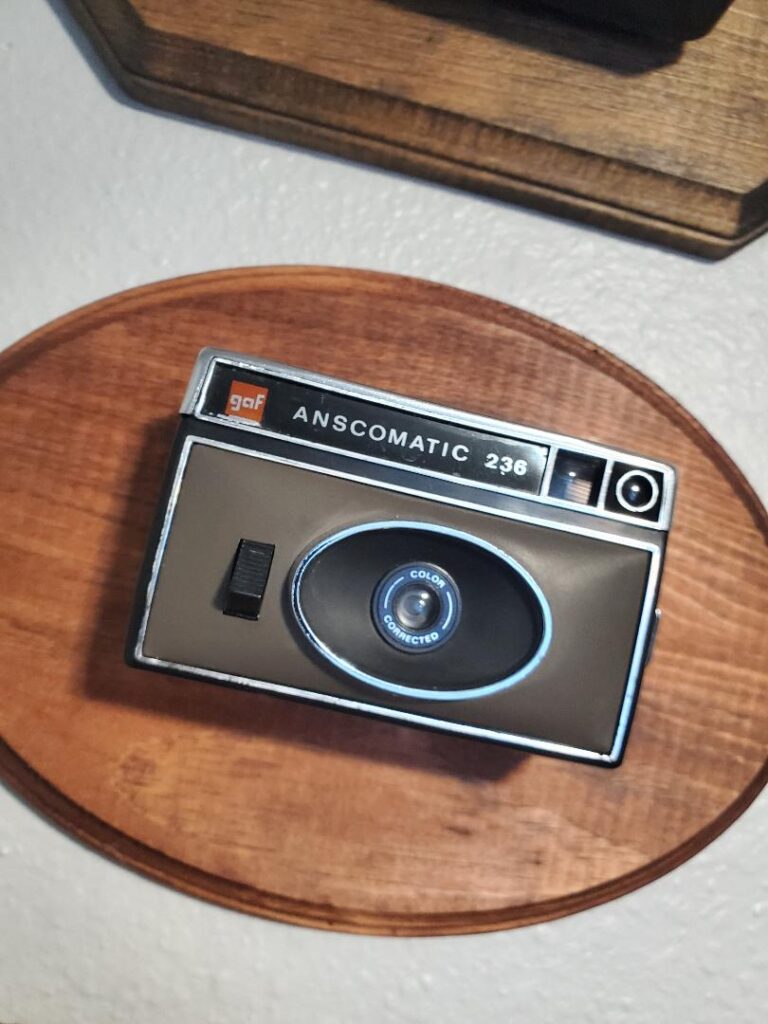
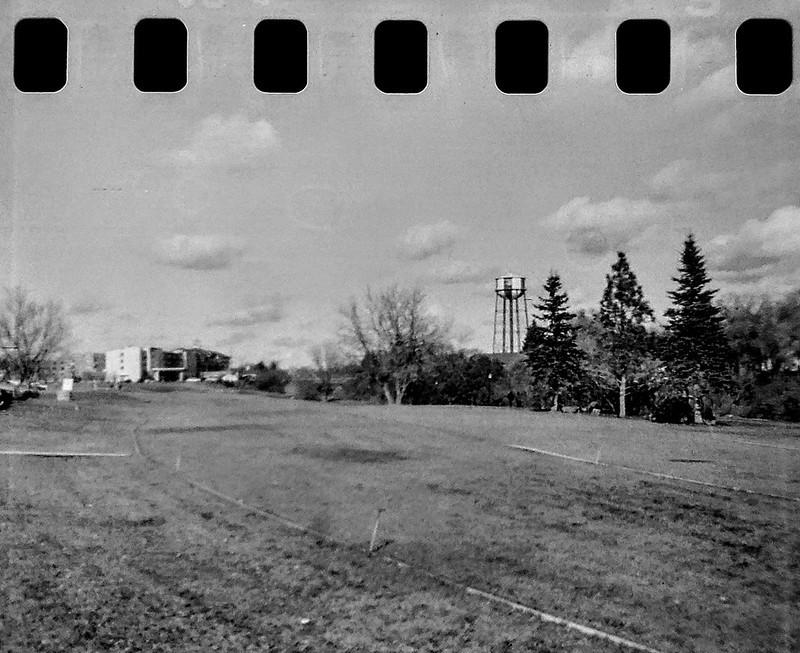
I had a foolish thought; Find the best 126 cartridge camera! What if I could find a cartridge camera that always worked, that had sharp pictures? My quest began, and there are a lot of them.
I started loading 35mm film in all my 126 cartridges. Sprockets are doable and I was starting to have success. In fact, I was having fun loading and taking pictures. But I also learned some older cartridges worked better then others. Some cameras didn’t like the 3D printed 126 cartridges at all. The specs and quality control on these instamatic cameras were not the same for each manufacturer, or even model to model within the same company. Nearly all these cheap cameras had issues.
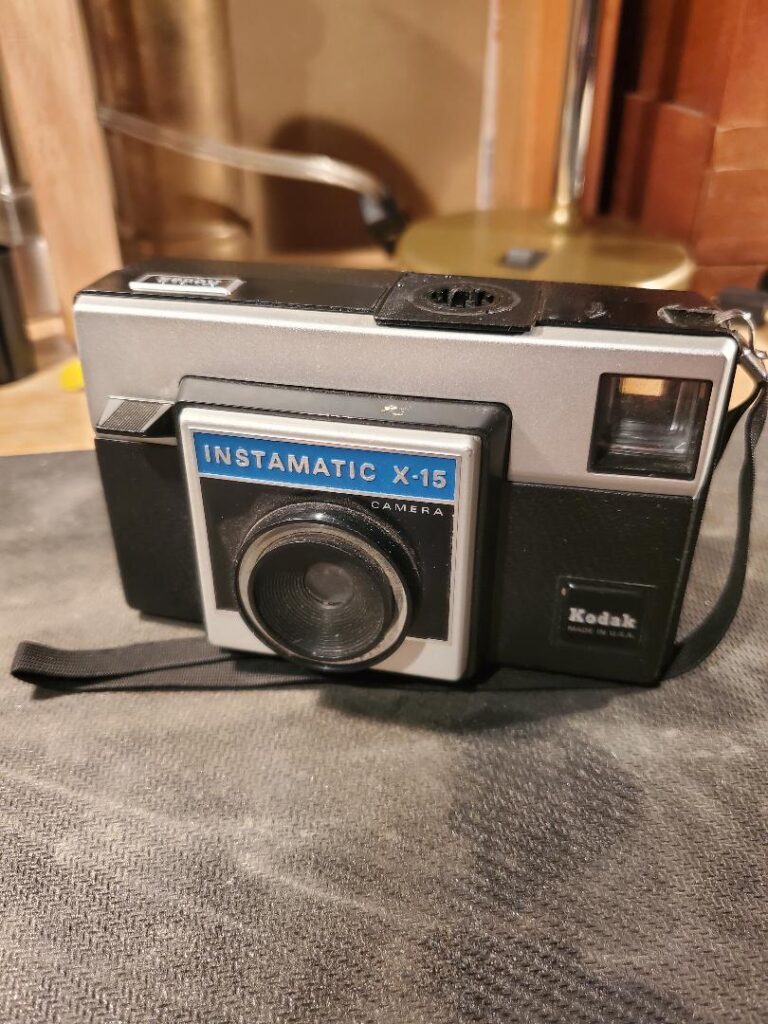
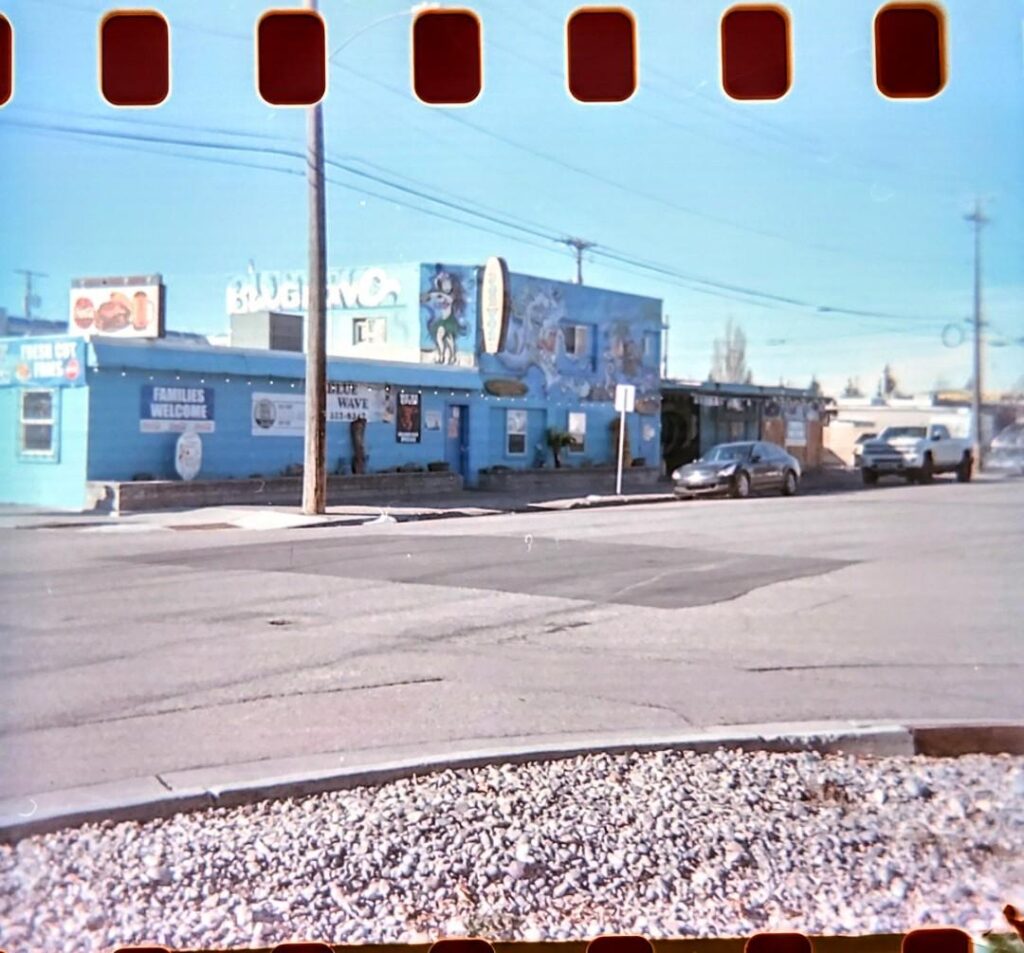
One day, I heard that a popular film photography podcast was wanting to bring these cameras back. They were working to get 126 film with the spaced-out sprocket holes produced so these cameras could be used again. I quickly wrote to them asking for the 126 film. I am not the reason for the 126 film’s return, but I was definitely an advocate for the cause. I needed this film to pursue my project.
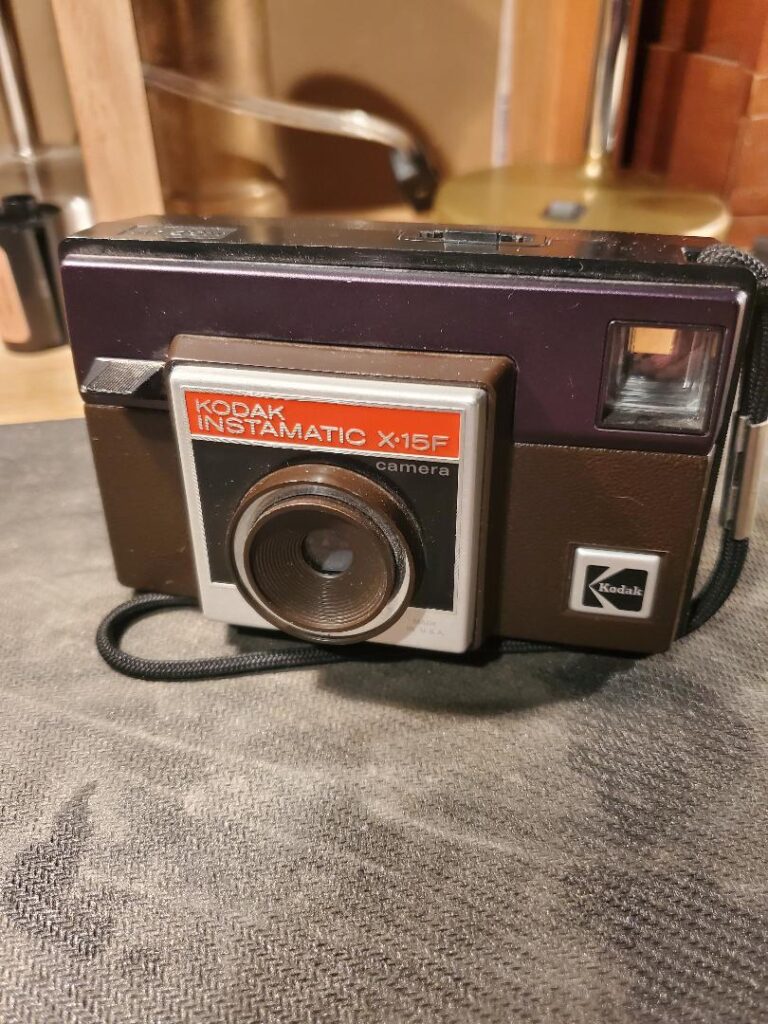
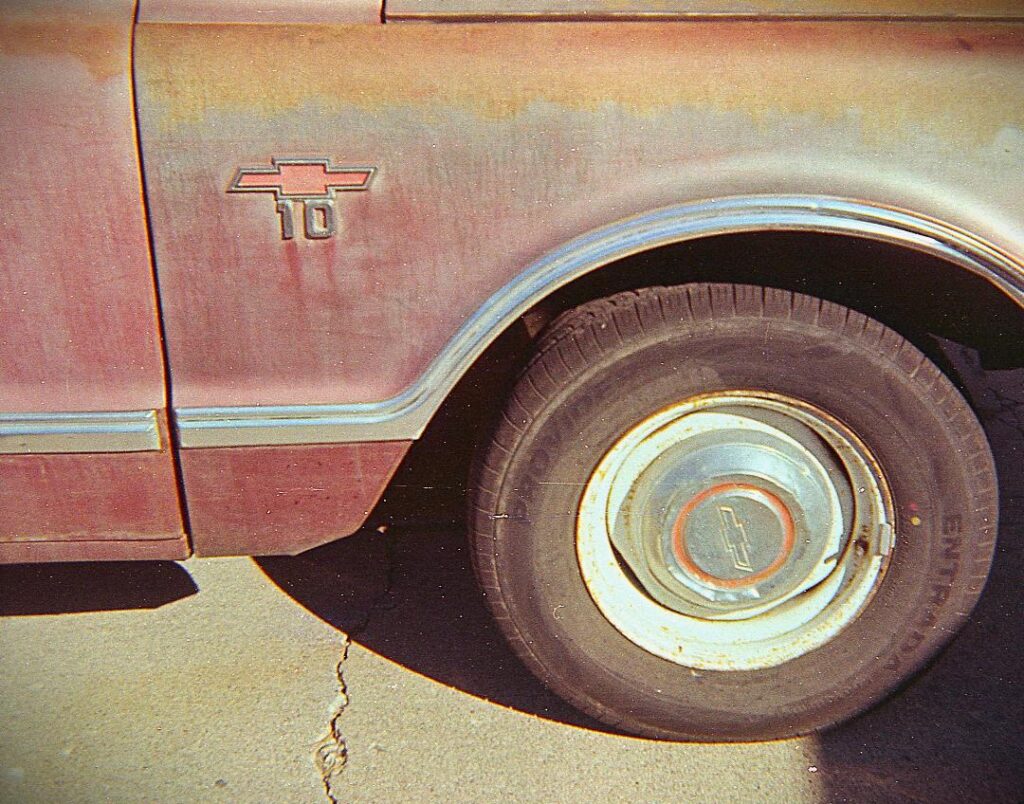
126 single-perforated film is now available at FPP to load into a 3D printed cartridge. Or, you can find old 126 cartridges, take the film out and reload the new 20 shot rolls with or without backing paper. Regardless of what you decide to use, there is still hope for these little instamatics. Rolling film and using older cartridges is very easy. I have used some outdated 126 film but even that source is drying up.
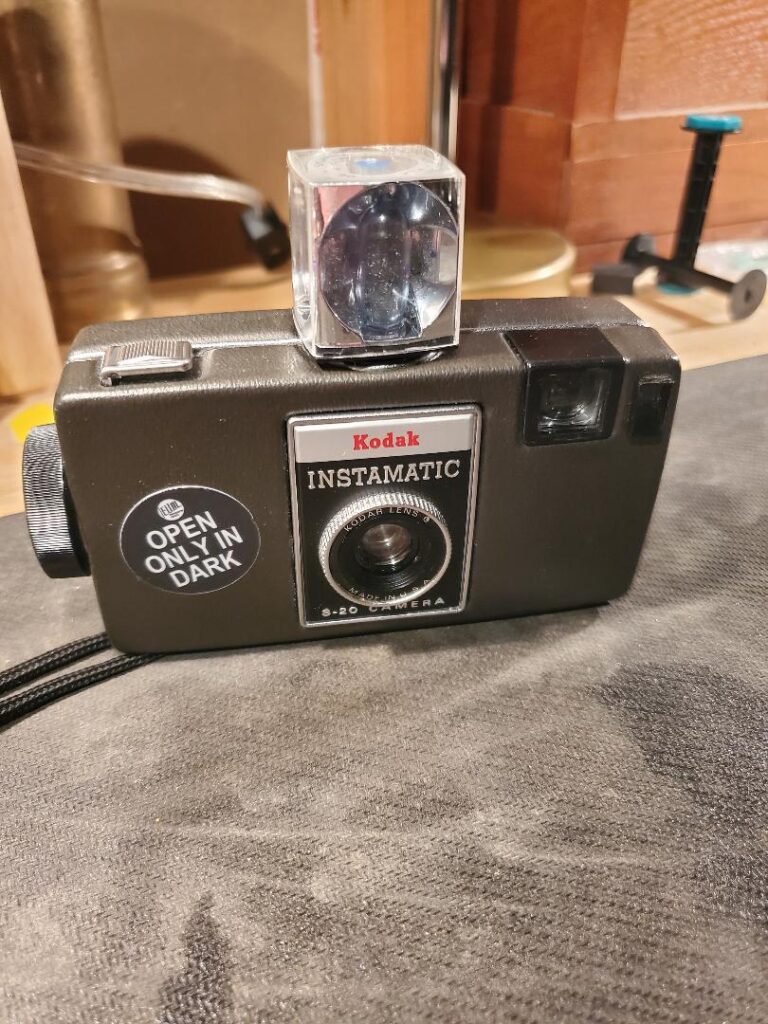
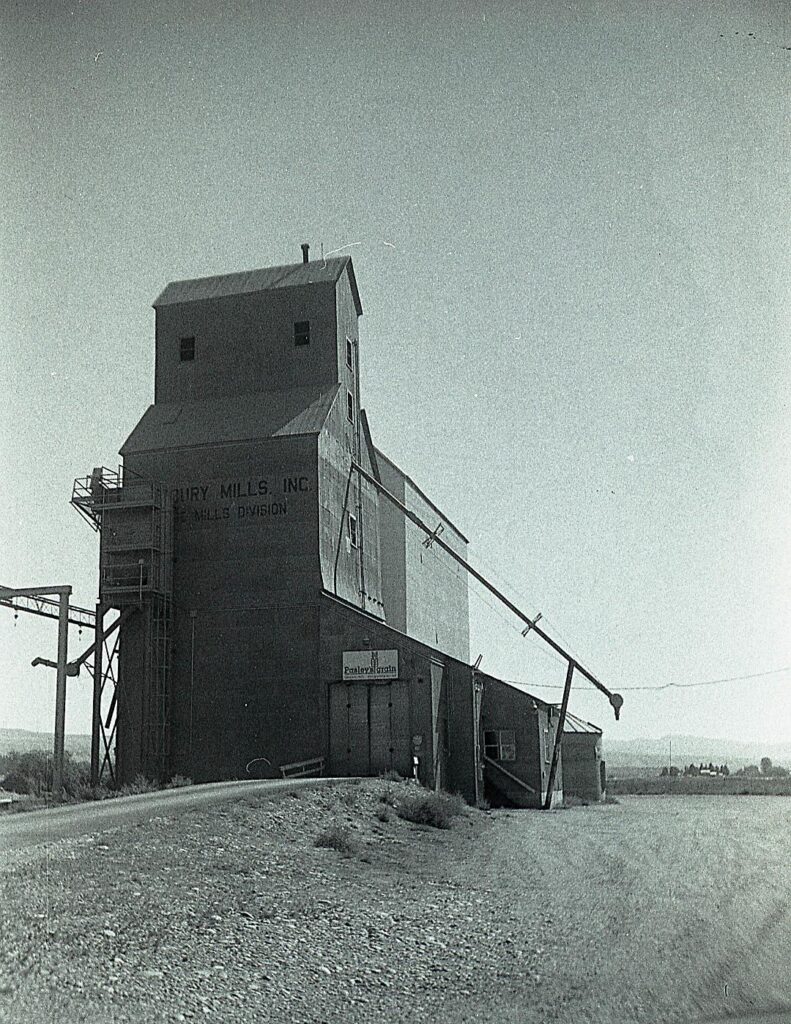
Have I found the perfect 126 cartridge camera? No. Have I shot lots of 126 cartridges and tried many different 126 cameras? Yes. And I will continue my quest, for now, maybe.
Because time and space don’t allow, I showcase these 8. I recently bought a Yashica EZ-matic that’s sitting on the work bench ready to go. Almost all of these old cameras come with issues and quirks. Some like the old original cartridge better. A few like the 3D printed cartridge. And most need to be cleaned and repaired. A few times I bought two and “Frankensteined” them to get a working camera.
Sprocket film also requires me to put my hand over the lens and shoot again to make sure the film registered far enough for the next shot to clear. This is a pain when shooting. I also don’t use backing paper so I have to tape up the back window.
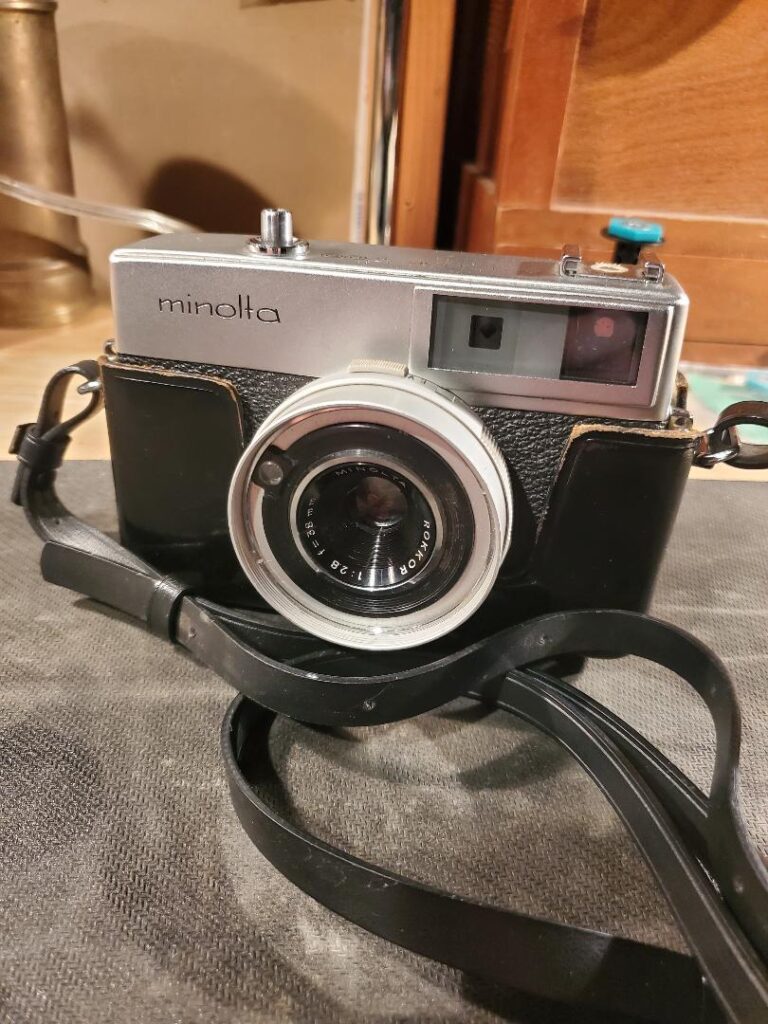
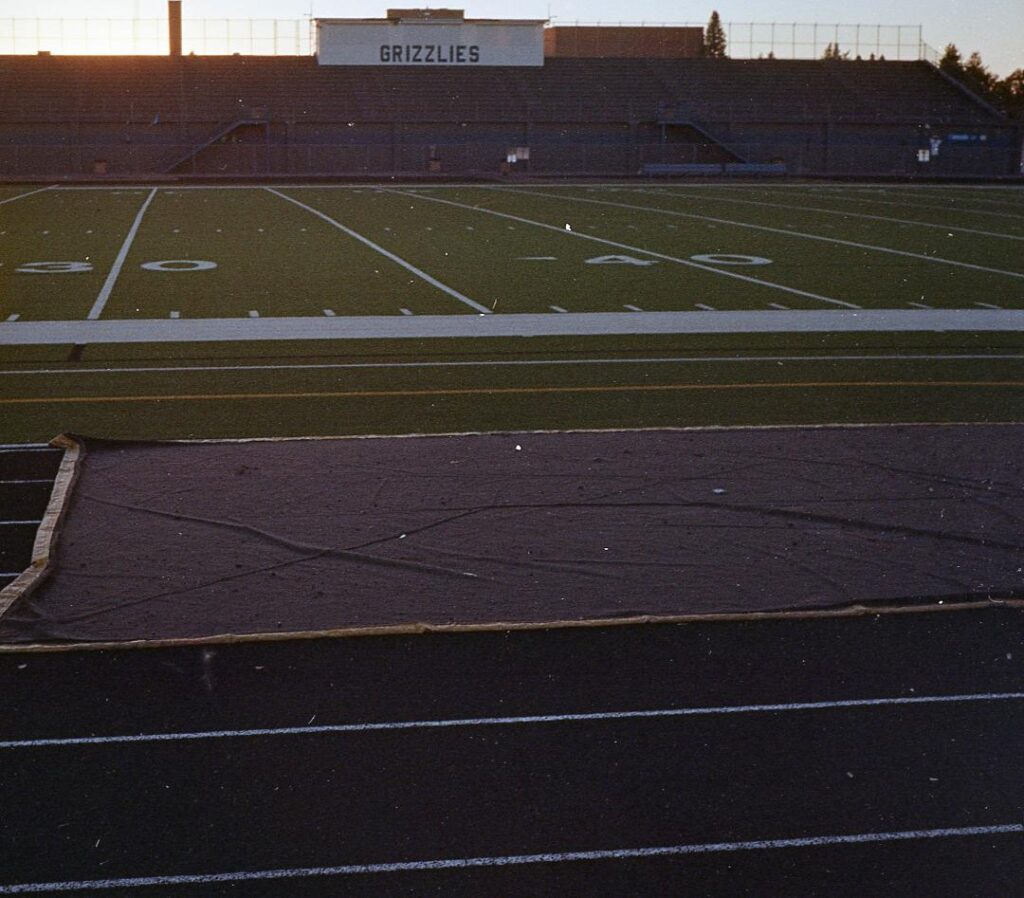
Side note: I might add that my film development can be a little less than perfect (spotty, dirty), but when testing cameras to see if they even work, I am not too picky when I develop the film.
People notice when out shooting these instamatic cameras. One time I was asked by some tourists at our water falls if I would take their picture with my Kodak X-15F Instamatic. They were surprised to see one still working. The pictures have a 1970s look to them. Most have cheap plastic lens and vignetting is very evident. This is easy to crop out in processing. But it is also a nice touch to the pictures. In time, some newer 126 cartridge cameras began to have better glass and even range finder focusing lens.
You can see the changes in the styles. They weren’t all plastic boxes. At some point the fad caught on and they began to mimic the traditional 35mm style. These higher-end cameras began to use better lenses, and they added more control of apertures, film speeds, and shutter speeds. The Bell and Howell had an unconventional focusing style (point down, then up, to focus). Light meters, range finders, nice leather covers, and even tripod holders and cable shutter releases were added to some of the higher quality cameras.
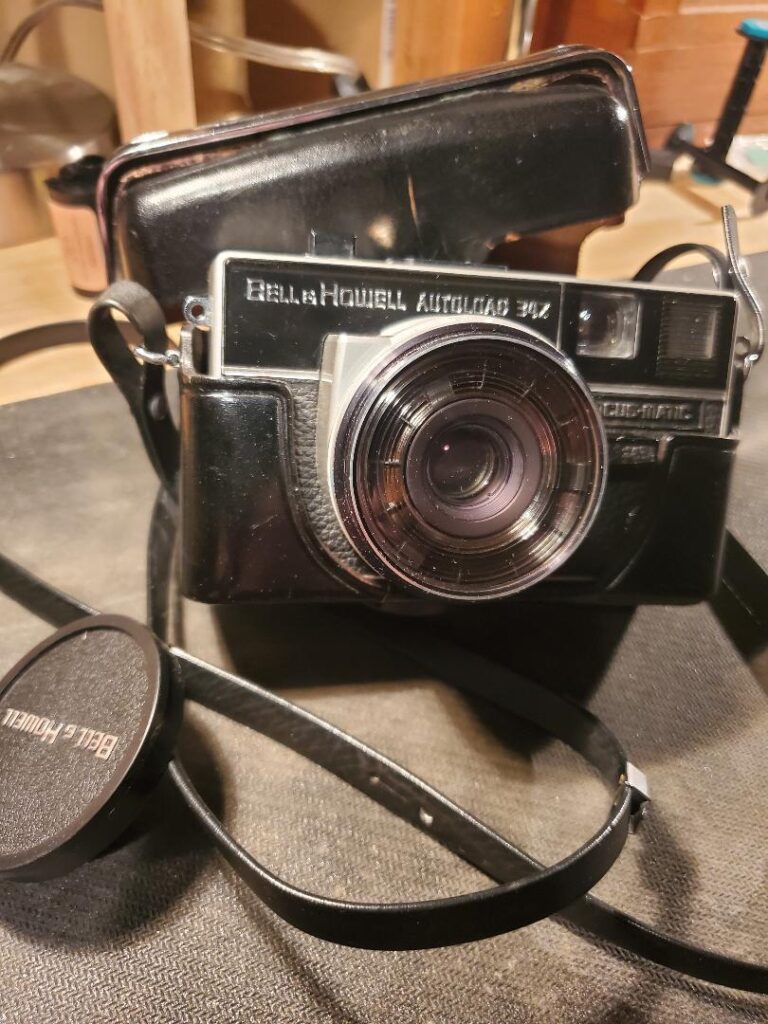
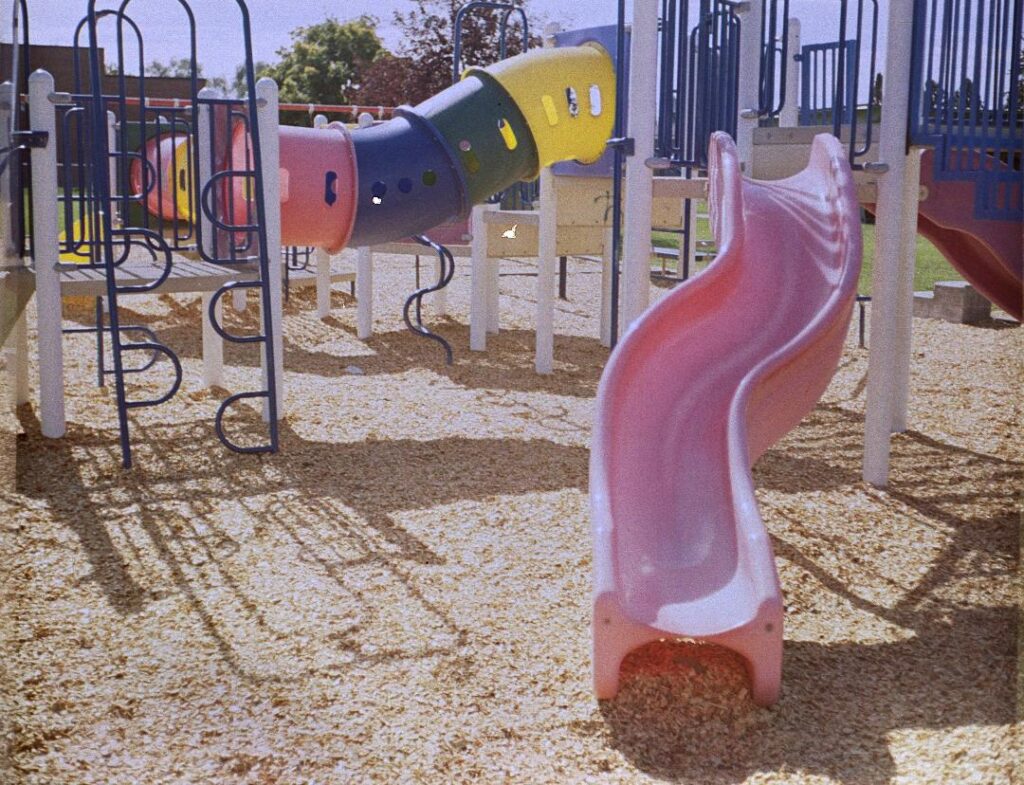
Towards the end, a lot of glass lenses and control settings made potential for better pictures. I have thought that a really nice 126 cartridge camera would have made a nice wedding camera. Its ease of shooting while switching between BW or color film would be handy, or ability to quickly reload to keep up with shots. I believe that the Kodak 500 Instamatic with its features and 1:2.8 38mm lens was very close to filling that niche. This camera has some 35mm characteristics that take it above the Instamatic sphere. A problem that plagued these 126 cartridges was often the film wouldn’t lay flat or stay tight at the focal plane through the cartridge and was prone to slightly unfocused shots. 126 film is lose on one end in the film well and could become slightly bowed in the channel at the focal plane. Most all cameras have 2 spools and the film stays tight across the focal plane. It wasnt always noticeable but the professionals demanded sharpness.
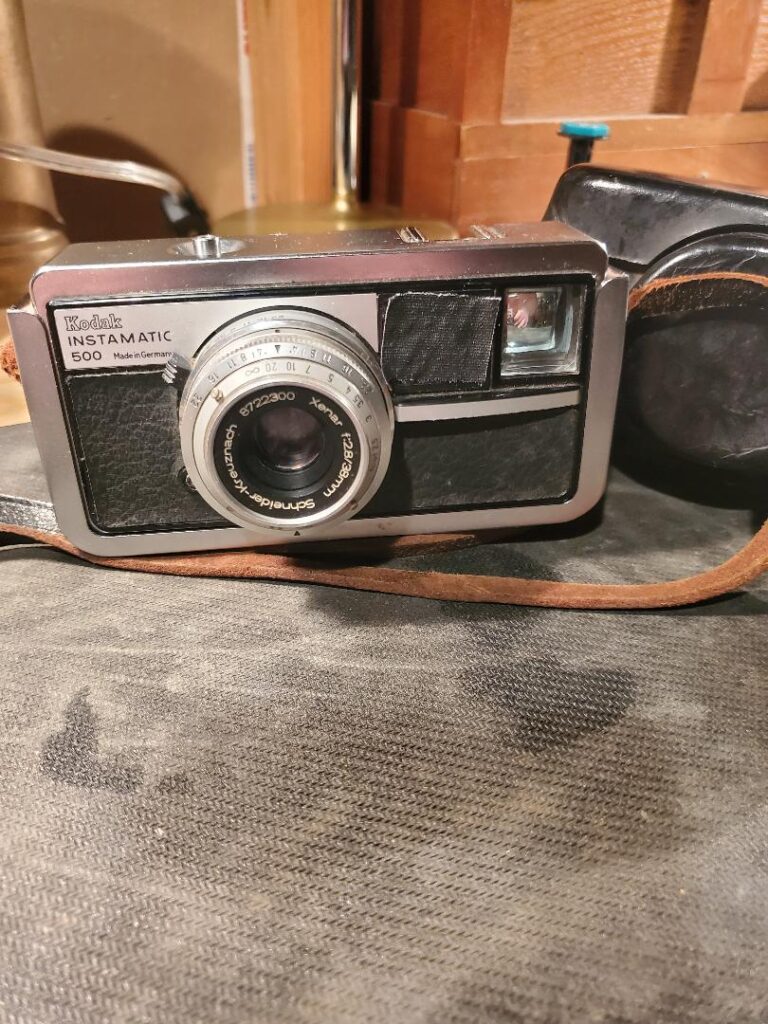
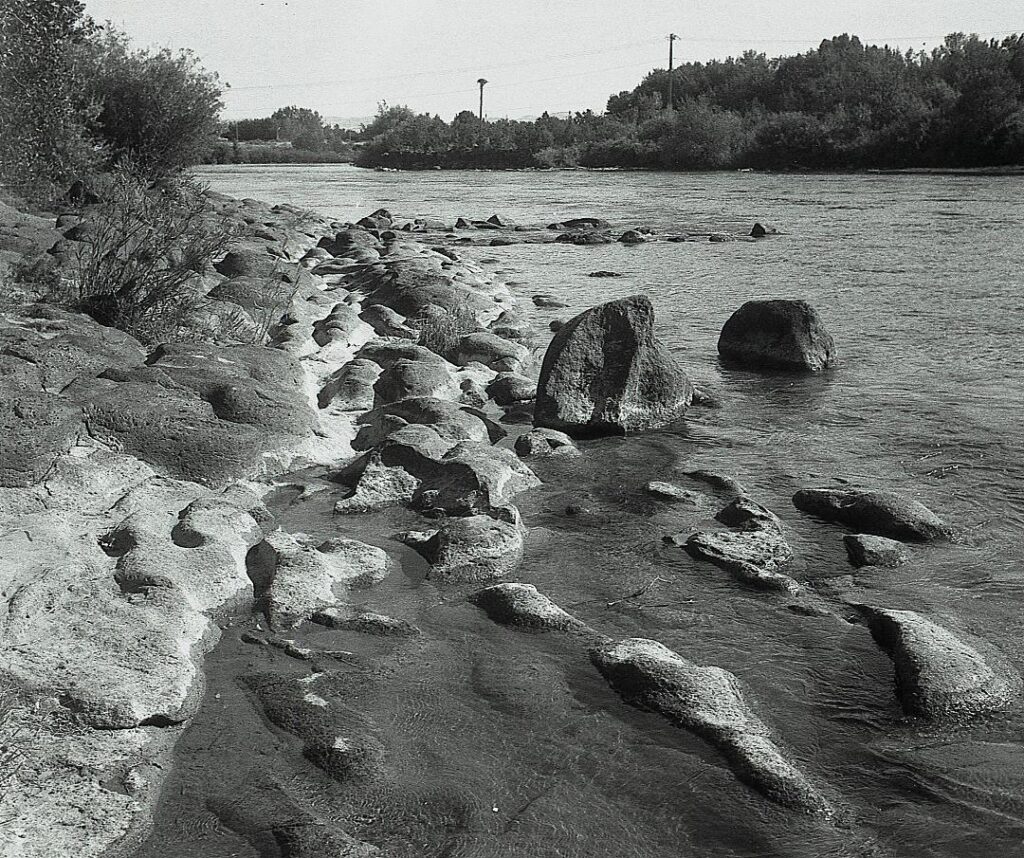
My final thoughts: After several rolls with the Kodak 100, I have had very few bad pictures with it. I intend to do a short review on the Kodak 100 soon. It was built very durable and easy to use, evidently to last. After trying to find the best and easiest 126 cartridge camera, I probably could have stopped at the Kodak 100 Instamatic. The 100 seems to shoot great pictures and is very easy to use. The 1963 picture of me with a Kodak 100 is perhaps what makes it my favorite.
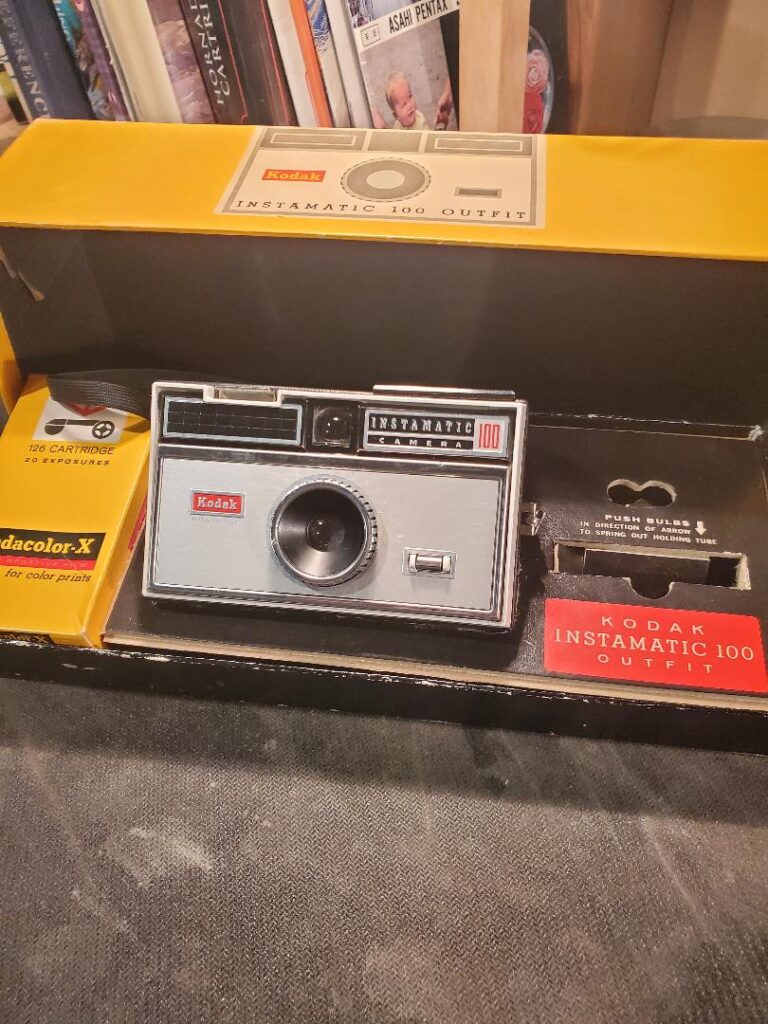
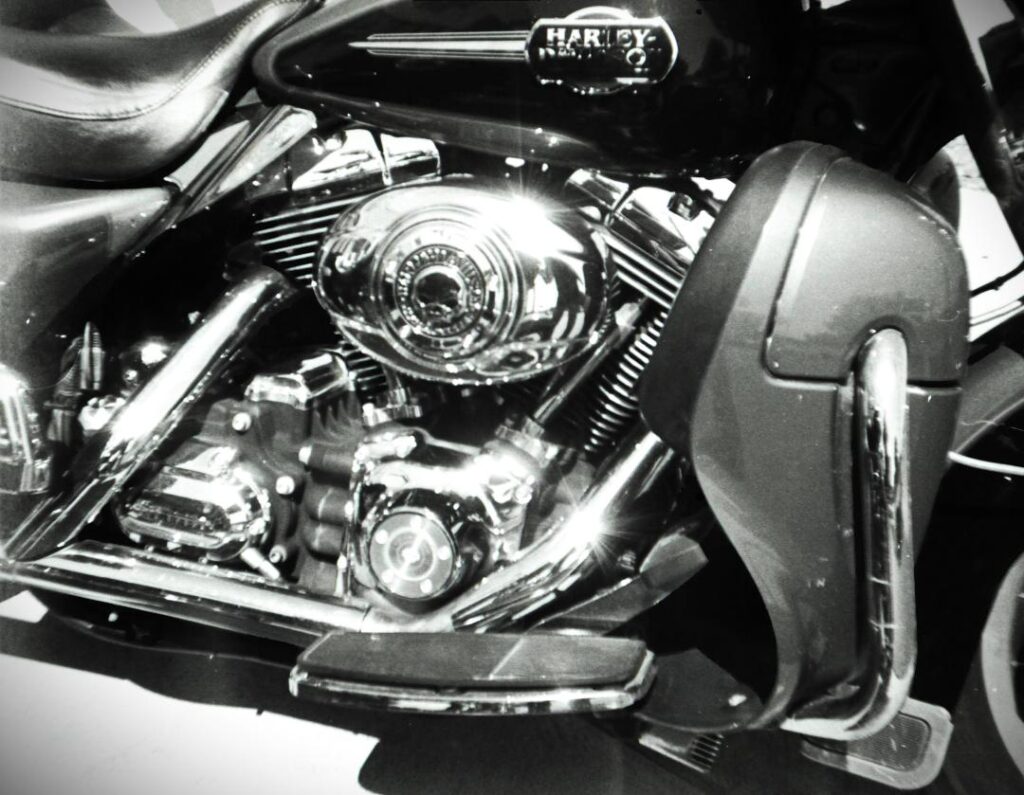
Share this post:
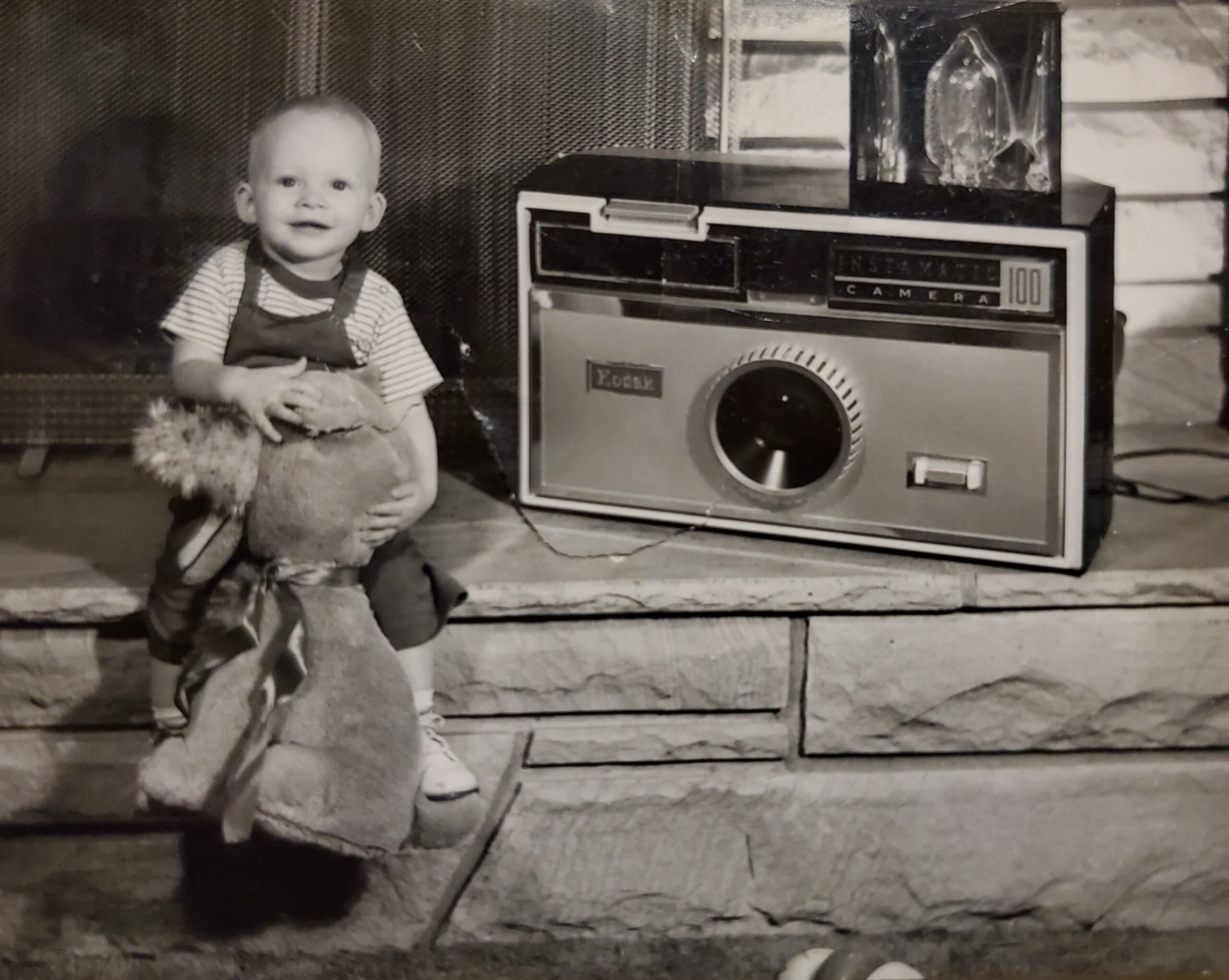
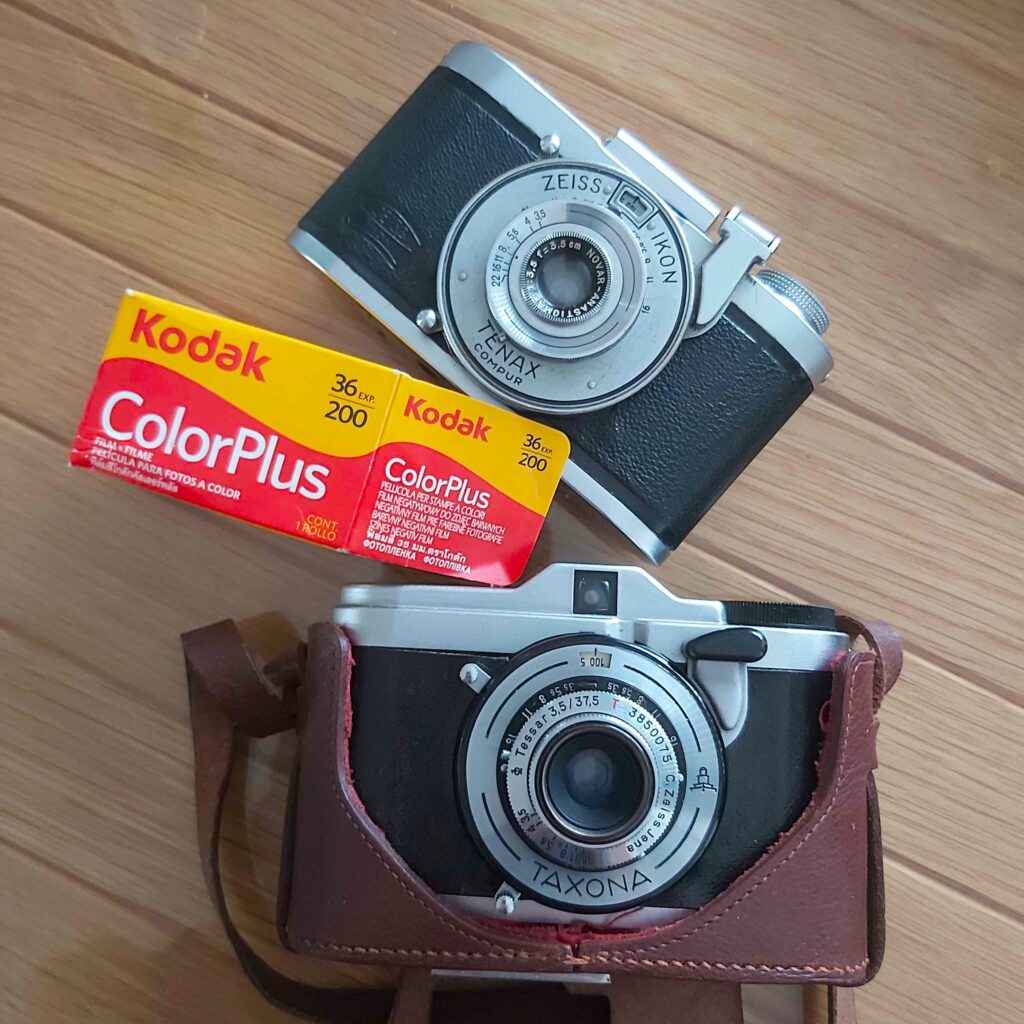
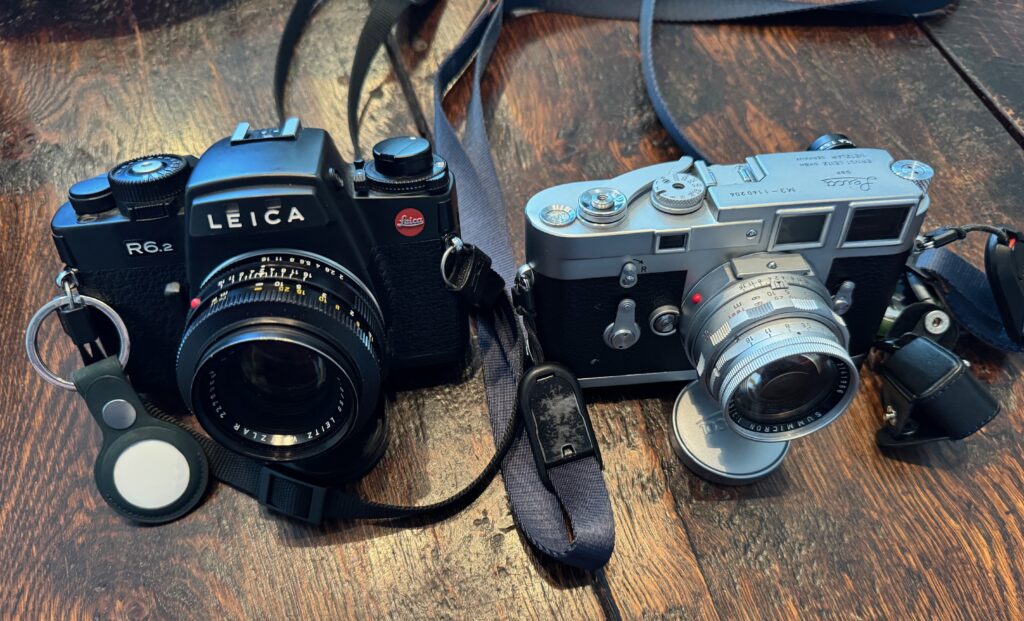

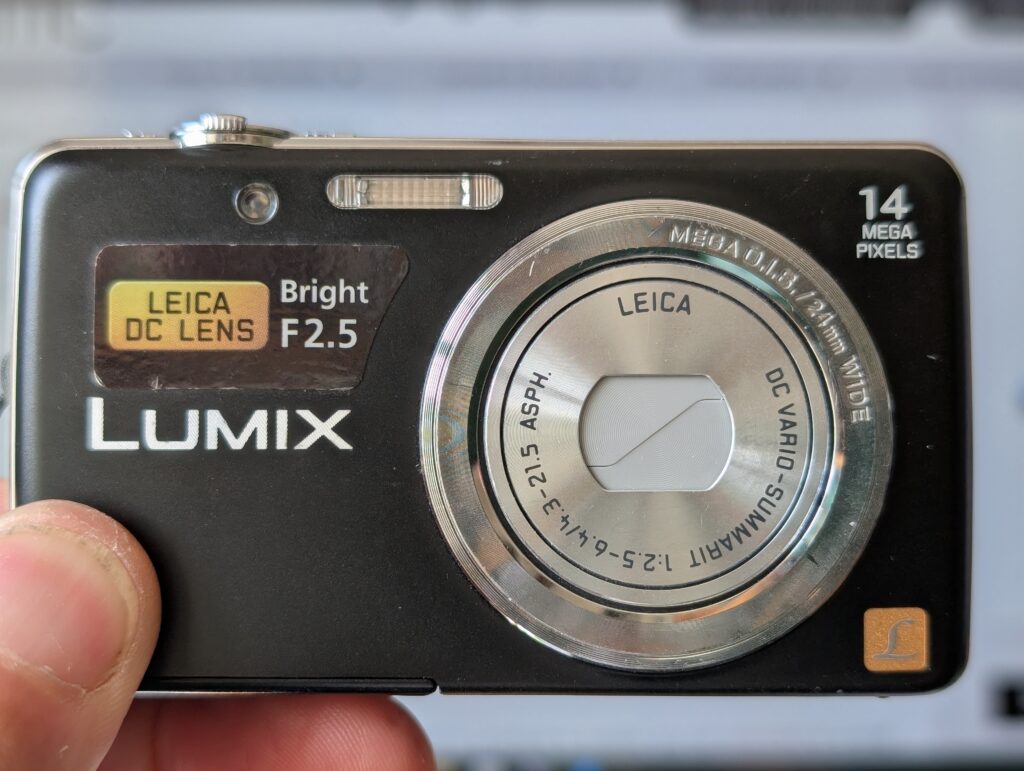
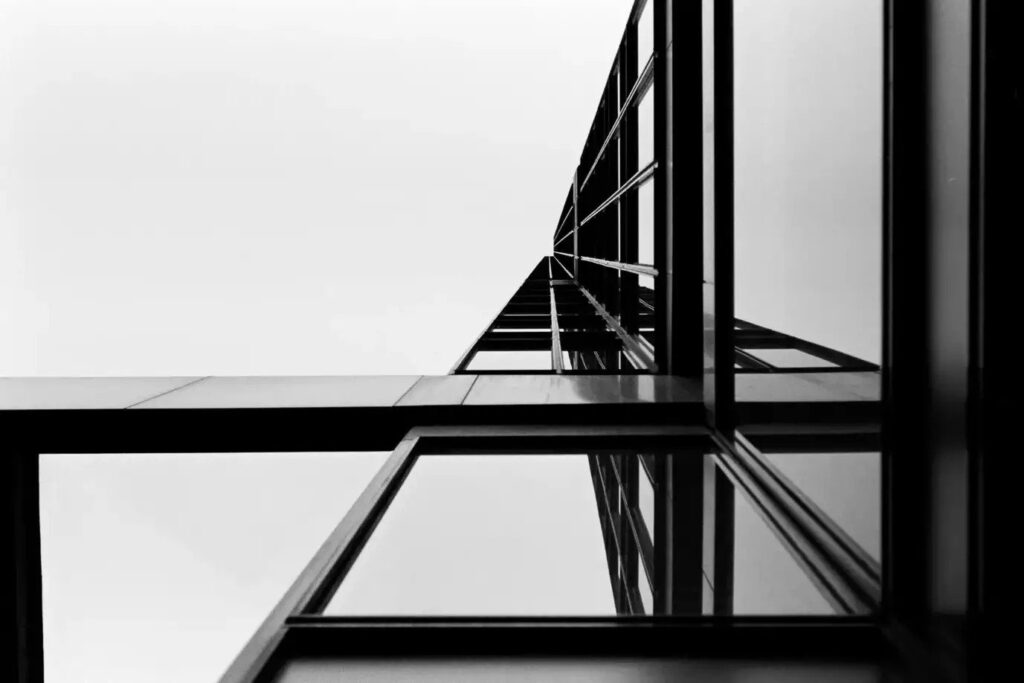
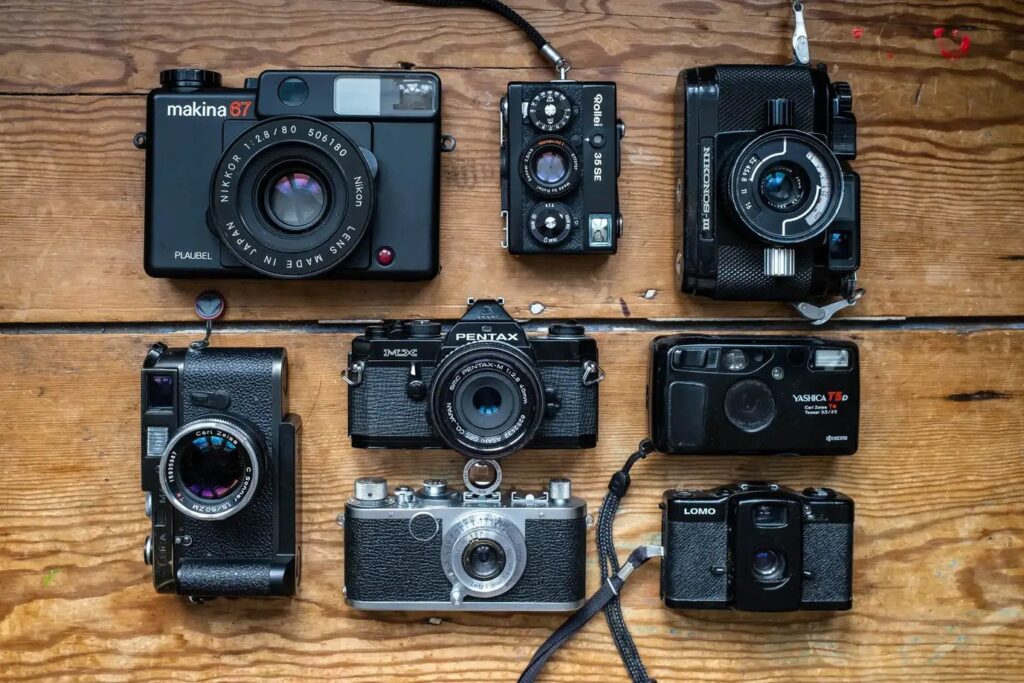
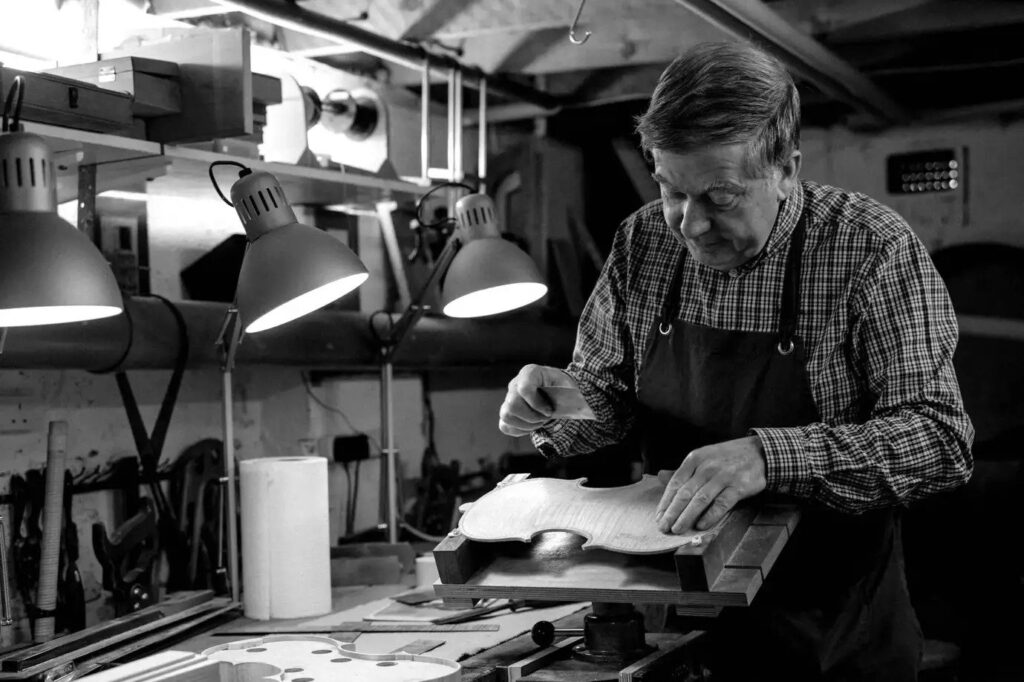
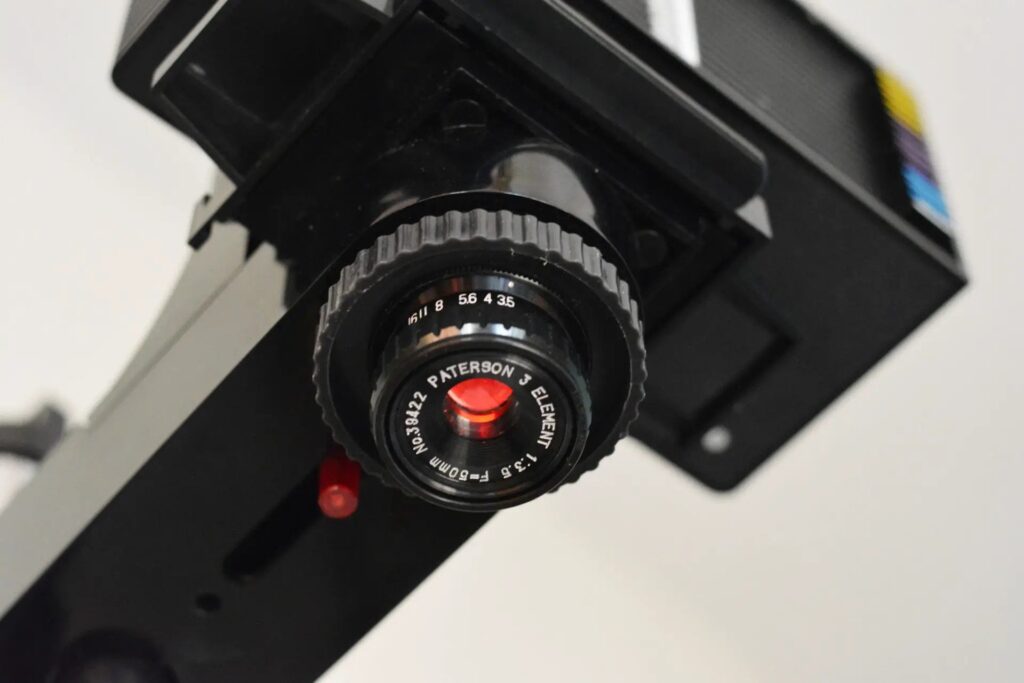
Comments
Bob Janes on Finding the Best 126 Cartridge Camera – Part I
Comment posted: 06/02/2025
Comment posted: 06/02/2025
Keith Drysdale on Finding the Best 126 Cartridge Camera – Part I
Comment posted: 06/02/2025
Comment posted: 06/02/2025
Christian on Finding the Best 126 Cartridge Camera – Part I
Comment posted: 06/02/2025
My dad has a lot of these cheap instamatics laying around, and I noticed some old instamatic cartridges in my "expired-film-bag"....
Maybe I will give this format (and cameras) a try in the near future...
I guess there is information available on how to load these cardridges....
Thanks for your interesting showcase!
Comment posted: 06/02/2025
Art Meripol on Finding the Best 126 Cartridge Camera – Part I
Comment posted: 06/02/2025
Comment posted: 06/02/2025
Ken Tuomi on Finding the Best 126 Cartridge Camera – Part I
Comment posted: 06/02/2025
Comment posted: 06/02/2025
Gary Smith on Finding the Best 126 Cartridge Camera – Part I
Comment posted: 06/02/2025
Comment posted: 06/02/2025
Comment posted: 06/02/2025
Comment posted: 06/02/2025
Jeffery Luhn on Finding the Best 126 Cartridge Camera – Part I
Comment posted: 07/02/2025
Absolute classic shot of you with the giant Instamatic!
The entire Kodak contribution of making photography available to everyone cannot be overstated. Big Yellow changed my life for the better in my childhood and my career.
I really enjoyed your tribute to Kodak and the other 'me too' cameras. Keep posting that interesting stuff. It's cool!
Comment posted: 07/02/2025
Paul Quellin on Finding the Best 126 Cartridge Camera – Part I
Comment posted: 07/02/2025
Comment posted: 07/02/2025
Jim Palmer on Finding the Best 126 Cartridge Camera – Part I
Comment posted: 08/02/2025
There a lot of very interesting cameras that look like they'd be great to shoot except for the now-defunct film format, e.g. Baby Rollei with 127.
Comment posted: 08/02/2025
Robert Williams on Finding the Best 126 Cartridge Camera – Part I
Comment posted: 09/02/2025
Comment posted: 09/02/2025
James on Finding the Best 126 Cartridge Camera – Part I
Comment posted: 21/03/2025
Comment posted: 21/03/2025
Comment posted: 21/03/2025
Erica on Finding the Best 126 Cartridge Camera – Part I
Comment posted: 30/07/2025
I am trying to find film or a film adapter for a Sears Auto-126. Have you had any luck with a 126 cartridge adapter for this model? I've tried one 3D and the left side is a little big for the camera. Also, are there any websites you suggest for purchasing 126 film ready to go?
Thanks!